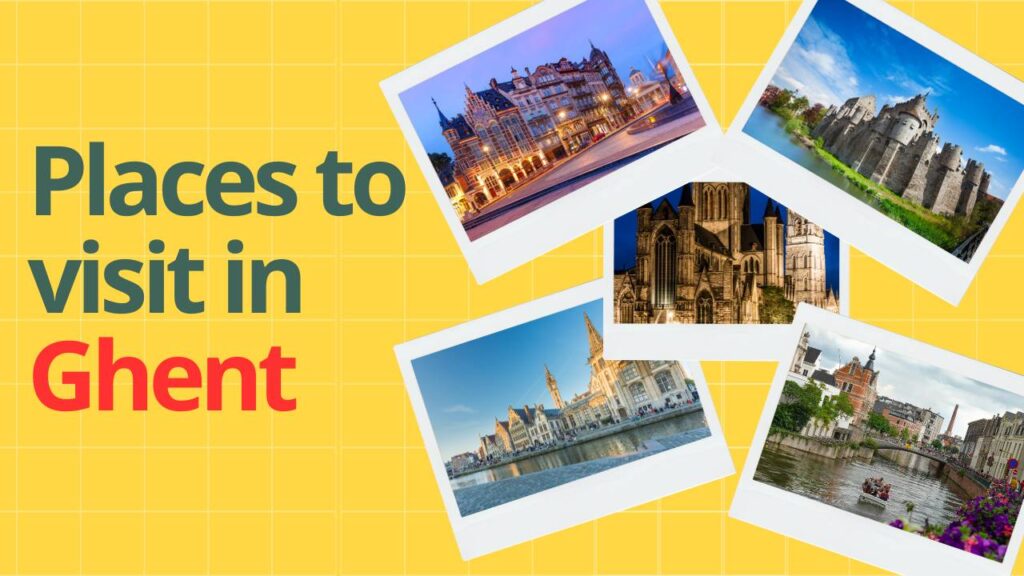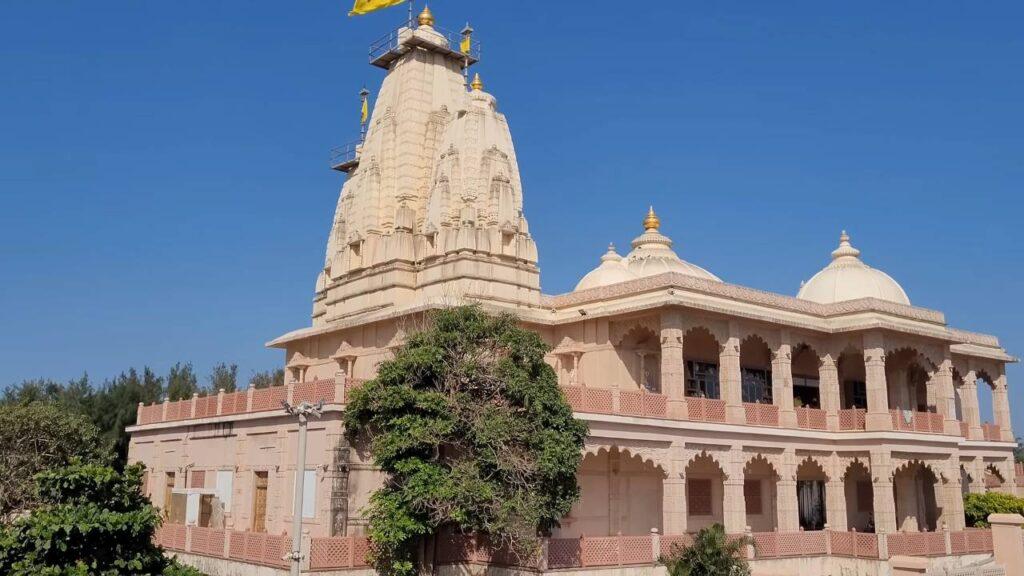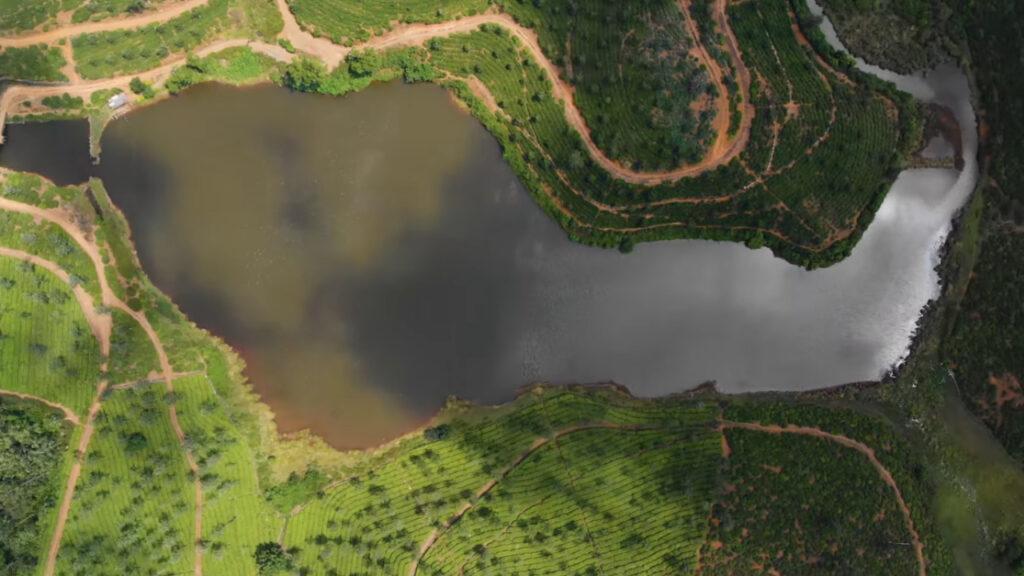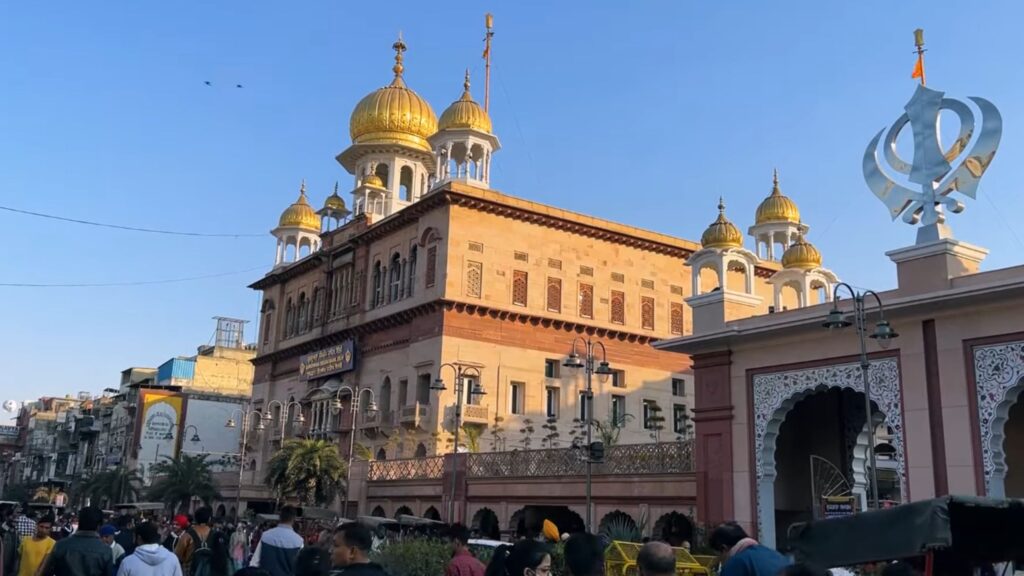Wander through the best places to visit in Ghent, where stunning art, rich medieval history, and mouthwatering cuisine create an unforgettable journey through one of Belgium’s most enchanting cities.
Ghent blends medieval charm with modern vibrancy, creating one of the most captivating destinations in Europe. The city bursts with artistic treasures, culinary delights, and a rich historical tapestry that invites travelers to dive deep into its vibrant spirit. When exploring the top places to visit in Ghent, art lovers uncover centuries-old masterpieces and cutting-edge galleries, while food enthusiasts savor a culinary scene rooted in tradition yet alive with innovation.
Things to Do in Lecce: Must-See Attractions and Local Secrets
History buffs walk through time, with ancient castles, majestic cathedrals, and timeless cobblestone streets telling the story of Ghent’s remarkable past. Gliding along serene canals, admiring Gothic architecture, or tasting local specialties, visitors find memorible moments around every corner that linger long after their journey ends.
How to Get to Ghent
Getting to Ghent is remarkably easy, making it a perfect addition to any European adventure. Centrally located between Brussels and Bruges, Ghent is well connected by train, car, and even international flights.
By Train
Ghent is just a 30-minute train ride from Brussels. If you arrive at Brussels Airport (Zaventem), you can hop on a direct train to Gent-Sint-Pieters Station—the city’s main railway hub. Trains run frequently, and the ride is smooth and scenic.
From Paris, Amsterdam, or London, you can reach Ghent within 2-3 hours using high-speed trains (Thalys, Eurostar) connecting through Brussels.
Once in Ghent, it’s easy to take a tram or taxi to the city center from the train station.
By Car
Driving to Ghent is straightforward if you’re exploring Belgium by car. From Brussels, it’s about 45 minutes via the E40 highway. Parking in the city center is limited, but Ghent has several park-and-ride options that let you leave your car and take a free shuttle into the heart of the city.
By Air
If flying internationally, Brussels Airport (Zaventem) is the nearest major airport. From there, it’s just a short train or taxi ride to Ghent. For budget travelers, Brussels South Charleroi Airport offers flights from low-cost airlines like Ryanair, with shuttle buses available to Ghent.
Santorini, Greece: Best Things To Do & Complete Travel Guide
For Art Lovers: A Living Museum Across the City
Ghent, Belgium, isn’t just a historic city of canals and medieval towers—it’s a living, breathing canvas where art flourishes in every corner. From Gothic treasures to vibrant street murals, Ghent offers an unforgettable journey through centuries of creativity.
Here’s a closer look at the must-visit art destinations across the city:
- St. Bavo’s Cathedral & The Ghent Altarpiece
- Museum of Fine Arts (MSK Ghent)
- S.M.A.K. – Stedelijk Museum voor Actuele Kunst
- Kunsthal Gent
- Street Art in Ghent
1. St. Bavo’s Cathedral & The Ghent Altarpiece
At the heart of Ghent stands the majestic St. Bavo’s Cathedral, a masterpiece of Gothic architecture. But within its sacred walls lies one of the greatest treasures of Western art: The Ghent Altarpiece (also known as The Adoration of the Mystic Lamb).
Painted by the brothers Hubert and Jan van Eyck in the early 15th century, this polyptych is revolutionary for its time, showcasing astonishing realism, detailed symbolism, and unprecedented use of oil paint. Each panel bursts with life—depicting biblical scenes, angelic choirs, and a rich landscape that seems almost tangible.
Visitors can now view the altarpiece up close in a specially designed chapel with state-of-the-art lighting and digital interpretation panels, helping you appreciate every minute brushstroke and hidden symbol. A recent major restoration project has further revealed the original brilliance of the colors and craftsmanship, making it a truly breathtaking experience.
Tip: Make sure to also visit the cathedral’s stunning crypt and admire its Romanesque foundations.
2. Museum of Fine Arts (MSK Ghent)
For lovers of classical European painting, the Museum of Fine Arts (MSK) is an unmissable stop. Housed in an elegant neoclassical building, MSK boasts a rich collection that spans from the Middle Ages to the early 20th century.
Highlights include works by masters like Hieronymus Bosch, Peter Paul Rubens, and James Ensor, alongside important pieces by René Magritte. The museum’s collection is beautifully curated, offering context about the shifting artistic styles and societal influences over the centuries.
Don’t miss their impressive temporary exhibitions, which often dive deep into a specific artist or movement, blending old and modern perspectives. MSK’s peaceful atmosphere and thoughtful layout make it a perfect place to spend a leisurely afternoon immersed in artistic excellence.
Fun fact: MSK played a vital role in the restoration and temporary exhibition of panels from the Ghent Altarpiece during the conservation process!
3. S.M.A.K. – Stedelijk Museum voor Actuele Kunst
Right across from MSK stands its more rebellious sibling: S.M.A.K., the Stedelijk Museum voor Actuele Kunst. This museum is Ghent’s pulse for contemporary and experimental art.
Expect exhibitions that challenge conventions and invite critical dialogue. S.M.A.K. is renowned for its provocative and avant-garde pieces, covering everything from video installations and performance art to socially engaged projects.
The museum frequently features works by influential contemporary artists such as Joseph Beuys, Andy Warhol, Cindy Sherman, and up-and-coming talent from around the world. With its rotating exhibitions, every visit offers something new, surprising, and thought-provoking.
Insider tip: S.M.A.K. is famous for hosting edgy, sometimes controversial shows—perfect if you love art that pushes boundaries.
4. Kunsthal Gent – Where New Art Lives
Located away inside a former 13th-century Carmelite monastery, Kunsthal Gent offers a completely different art experience. Unlike traditional museums, Kunsthal Gent operates as an open production and exhibition platform, supporting the next generation of artists.
Here, you’ll find experimental installations, collaborative exhibitions, and evolving projects that blur the lines between artist and audience. The setting itself—a mix of medieval ruins and industrial spaces—enhances the sense of discovery and creativity.
Kunsthal Gent prides itself on community involvement, often inviting artists to develop and showcase work over time. This means that the exhibitions are constantly evolving, and no two visits are ever quite the same.
Good to know: Entry is usually free or donation-based, making it an accessible stop for curious art explorers.
5. Street Art in Ghent: Graffiti Alley (Werregarenstraat)
For a more raw and colorful side of Ghent’s art scene, head to Werregarenstraat, affectionately known as Graffiti Alley. This narrow passageway between Hoogpoort and Onderstraat is a legal graffiti zone, where local and international street artists are free to express themselves.
The walls here are in constant flux—new layers of graffiti are sprayed over old ones, turning the alley into a dynamic, ever-changing canvas of bold tags, intricate murals, and political messages. It’s an explosion of color, creativity, and urban energy that contrasts beautifully with Ghent’s medieval surroundings.
Pro tip: Visit Graffiti Alley more than once during your stay—you’re likely to see new works popping up every few days!
For Foodies: A Flavorful Tale of Tradition and Creativity
Ghent isn’t just a visual masterpiece—it’s also a gastronomic treasure trove. In this charming Belgian city, culinary tradition intertwines with contemporary innovation to create a dynamic food scene. From medieval recipes to experimental gourmet dining, Ghent offers food lovers a rich palette of flavors to enjoy.
Here’s your full guide to savoring the best of Ghent’s culinary wonders are;
1. Patershol – Historic Culinary Quarter
Wandering through the Patershol district feels like stepping back in time. With its cobblestone lanes, quaint medieval houses, and romantic atmosphere, this neighborhood captures the old-world charm of Ghent like nowhere else. But Patershol is more than a historic quarter—it’s also the epicenter of Ghent’s gourmet revolution.
Here, traditional Flemish dishes are lovingly preserved and reinterpreted by some of Belgium’s most celebrated chefs. Restaurant Roots offers a seasonal menu built around local produce, delivering a fresh twist on Flemish classics. Vrijmoed, awarded two Michelin stars, is the destination for adventurous foodies seeking high-end cuisine with unexpected flavor combinations. Meanwhile, Restaurant ’t Klaverblad provides a more intimate, homely dining experience, perfect for sampling authentic Belgian dishes in a cozy setting.
After a hearty traditional meal or a cutting-edge culinary adventure, Patershol is the perfect starting point for an unforgettable food journey.
Traditional Ghent Specialties
To truly understand Ghent’s culinary soul, you must dive into its time-honored dishes, each one rooted in the city’s rich history and love of bold flavors.
- Waterzooi: Originally made with freshwater fish from the rivers around Ghent, this creamy, comforting stew later evolved to often feature tender chicken. Its velvety broth, enriched with cream, butter, and vegetables, embodies the heart of Flemish comfort food. Served piping hot with crusty bread, Waterzooi is a must-try for first-time visitors.
- Stoverij: This beloved beef stew is slow-cooked to perfection with dark Belgian beer, onions, and spices, resulting in a rich, slightly sweet sauce. Often served with a generous helping of crispy fries and a dollop of mustard, Stoverij offers a robust taste of Ghent’s rustic culinary heritage.
- Gentse Tierenteyn Mustard: Forget the standard yellow mustard you might know—Gentse Tierenteyn is an artisanal, spicy mustard produced according to a 19th-century recipe. Handmade in a charming old-world shop on the Groentenmarkt, this mustard delivers a sharp, fiery kick that pairs beautifully with local meats and cheeses.
- Cuberdons: Known locally as “neuzekes” (little noses) because of their pointed shape, these deep-purple, raspberry-flavored candies are a sweet Ghent tradition. Made with a hard exterior and a soft, gooey interior, Cuberdons are a nostalgic treat for Belgians and a delightful discovery for visitors.
These specialties provide a delicious window into Ghent’s proud culinary past and offer flavors you simply can’t find anywhere else.
2. Great Butchers’ Hall (Groot Vleeshuis)
A visit to Ghent would be incomplete without stepping into the Great Butchers’ Hall (Groot Vleeshuis), located along the medieval riverside. This grand Gothic building, dating back to the 15th century, once served as the bustling marketplace for the city’s butchers. Today, it has been beautifully restored and transformed into a cathedral of regional gastronomy.
Inside, beneath soaring timber beams, you’ll find stalls offering an irresistible selection of local meats, cheeses, charcuterie, pates, and sweets. Hanging from the ceiling are rows of Ganda Ham, a traditional dry-cured Flemish ham, slowly maturing in the open air—a sight that is as mouthwatering as it is historic.
Here, visitors can taste and purchase authentic regional products, many of them still crafted using ancient methods. Whether you’re sampling local pâtés, savoring aged cheese, or picking up artisanal jams and jellies, the Great Butchers’ Hall offers a true taste of East Flanders under one magnificent roof.
Pro Tip: Stop by the adjoining café for a charcuterie platter featuring some of the best produce the region has to offer.
Cafés and Beer Havens
Ghent’s culinary culture isn’t just about fine dining—it’s also about casual, cozy places where you can relax with a cup of coffee or Belgium’s legendary beers. Here are some spots you won’t want to miss:
- Barista Café: Located in the heart of Ghent, Barista Café is a warm, welcoming spot where the aroma of freshly brewed coffee fills the air. Offering specialty brews made from carefully sourced beans, homemade cakes, and hearty brunches, it’s a favorite gathering place for locals and visitors alike. The café’s charming décor and relaxed atmosphere make it perfect for a leisurely coffee break between sightseeing.
- Het Waterhuis aan de Bierkant: Perched right along the river, this iconic tavern boasts a menu of over 150 Belgian beers, from classic Trappist ales to local craft brews. The rustic ambiance, combined with scenic canal views, makes it a prime location for sampling Belgium’s rich brewing tradition. Knowledgeable staff are on hand to help you choose from the extensive beer list, ensuring a memorable tasting experience.
- Dok Brewing Company: Who appreciate small-batch, creative brewing, Dok Brewing Company offers an exciting, modern twist on Ghent’s beer culture. Located in a hip industrial space at the old harbor, this craft brewery is run by passionate locals. Here, beer lovers can taste everything from experimental IPAs to sour ales and participate in lively events like food truck festivals and live music nights.
Riga Tourist Attractions: What to See & Do in Latvia’s Capital
Each of these spots highlights a different aspect of Ghent’s food and drink scene—from elegant coffee artistry to bold beer experimentation—giving you plenty of ways to savor the city’s creative energy.
For History Buffs: A Medieval Tapestry
Walking through Ghent feels like flipping through the pages of a richly illustrated medieval manuscript. The city’s architecture, canals, and cobbled streets have preserved centuries of stories, making it a living museum for anyone passionate about history. Every corner, from towering cathedrals to winding alleys, carries the echoes of Ghent’s vibrant past.
Here’s an in-depth look at some of the most significant historical landmarks you must visit:
- Gravensteen Castle
- Belfry of Ghent
- Graslei and Korenlei
- St. Nicholas’ Church & St. Michael’s Bridge
- House of Alijn
1. Gravensteen Castle – Castle of the Counts
Dominating the heart of Ghent, Gravensteen Castle is one of the city’s most awe-inspiring historical structures. Built in the late 12th century by Count Philip of Alsace, this formidable fortress served as a symbol of the count’s authority over the city and its surrounding lands.
Today, visitors can walk along the original battlements, climb the stone towers, and admire sweeping views of Ghent’s old town from above. Inside, the castle houses a gripping museum featuring authentic medieval armor and weapons. One of the most striking exhibits is the medieval torture chamber, which displays instruments of punishment once used to enforce justice—or sometimes, fear—throughout the region. This chilling yet powerful collection brings the darker sides of medieval life into sharp focus.
The castle’s preserved stonework, dramatic halls, and detailed exhibits allow history lovers to vividly imagine the daily life, power struggles, and brutal realities of medieval Ghent.
2. Belfry of Ghent – Tower of Freedom
Standing proudly in the city center, the Belfry of Ghent is a UNESCO World Heritage Site and a symbol of the city’s enduring spirit of independence. Construction began in the early 14th century, and the belfry served multiple purposes: as a watchtower, a bell tower, and a secure storage place for the city’s important documents, including the privileges that guaranteed Ghent’s freedoms.
Visitors who make the climb to the top are rewarded with one of the most spectacular views in Belgium. From here, the medieval skyline unfolds in all directions—rooftops, towers, and canals shimmering in the light. Listening to the historic carillon bells as they ring out over the city gives an authentic sense of Ghent’s medieval vibrancy.
The belfry’s dragon-shaped weather vane, a legendary guardian of the city, further adds to the layers of myth and history intertwined in this remarkable structure.
3. Graslei and Korenlei – Historic Harbors
Few places in Europe capture the spirit of a medieval port city quite like Graslei and Korenlei. Situated along the Leie River, these picturesque quays were once the beating heart of Ghent’s commercial activity during the Middle Ages. Merchants and guilds thrived here, and their wealth is still evident in the stunning architecture of the preserved guildhalls lining the waterfront.
Each building tells a story, from the medieval Grain Weigh House to the ornate Guild House of the Free Boatmen. Their facades, adorned with intricate stonework and symbolic sculptures, reflect the pride and prestige of their original occupants.
Today, Graslei and Korenlei remain vibrant but have transformed into charming spaces perfect for leisurely strolls, al fresco dining, or embarking on a serene canal cruise. As the sun sets and the lights shimmer on the water, it’s easy to picture the bustling harbor of centuries past, filled with goods from across Europe and beyond.
4. St. Nicholas’ Church & St. Michael’s Bridge – The Iconic Skyline
St. Nicholas’ Church stands as one of Ghent’s oldest and most important religious sites. Constructed in the early 13th century, it represents a fine example of Scheldt Gothic architecture, characterized by the use of blue-gray stone from the Tournai area and a distinctive central tower. The church’s design reflects Ghent’s growing prosperity during the Middle Ages and remains an enduring symbol of the city’s sacred heritage.
Just a short walk away lies St. Michael’s Bridge, an architectural masterpiece in its own right. This elegant stone bridge offers what many consider the most iconic view in Ghent—a sweeping panorama of the city’s famous “Three Towers”: St. Nicholas’ Church, the Belfry, and St. Bavo’s Cathedral. Standing on the bridge, surrounded by centuries of history, visitors are offered a breathtaking glimpse into Ghent’s golden past.
This spot is particularly magical at dusk, when the buildings and river are bathed in a golden glow, creating one of the most photographed and unforgettable scenes in Belgium.
5. House of Alijn – Stories of Everyday Life
For a more intimate and personal view of Ghent’s history, the House of Alijn offers a deeply touching exploration of daily life across the 20th century. Housed in a former almshouse complex, the museum takes a unique approach by focusing not on kings and battles, but on the everyday experiences of ordinary citizens.
Through a rich collection of photographs, vintage films, personal artifacts, and immersive displays, visitors can step into the lives of Ghent’s residents over the decades. Exhibits cover everything from weddings, school days, and religious celebrations to home interiors and holiday traditions. The museum brings history alive with nostalgic objects like old toys, handwritten letters, and household items that evoke memories of a not-so-distant past.
The House of Alijn offers a powerful reminder that history is not only shaped by grand events but also by the small, meaningful moments of everyday life. It’s a deeply human experience that adds a beautiful, emotional layer to Ghent’s story.
Luxembourg City Travel Guide: 11 Authentic Hotspots & Things to Do
So, pack your bags, bring your appetite for culture and cuisine, and get ready for a journey through one of Europe’s most captivating cities.
FAQs
1. What are the must-see places to visit in Ghent?
Ghent is home to numerous must-see attractions, including St. Bavo’s Cathedral with the famous Ghent Altarpiece, the majestic Gravensteen Castle, the medieval Belfry of Ghent, and the beautiful Korenmarkt Square. Don’t miss the Museum of Fine Arts and the lively Graslei and Korenlei waterfront.
2. What is the best time to visit Ghent?
The best time to visit Ghent is during spring (April to June) or autumn (September to October). The weather is mild, and you can enjoy the outdoor festivals and events without the heavy summer crowds.
3. Is Ghent a walkable city?
Yes, Ghent is extremely walkable. Its compact city center is perfect for strolling, with attractions, restaurants, and cafes all within walking distance. The medieval architecture and scenic canals make it an ideal city to visit on foot.
4. Can I take a canal cruise in Ghent?
Absolutely! A canal cruise in Ghent offers a unique perspective of the city, taking you past stunning medieval buildings, picturesque bridges, and hidden gems. Several operators offer tours from Graslei and Korenlei.
5. Where can I find the best food in Ghent?
For the best food in Ghent, head to the Patershol district, where you’ll find traditional Flemish dishes and trendy restaurants. Also, don’t miss sampling local specialties like waterzooi, cuberdons, and Ghent’s famous mustard at places like De Graslei and Korenmarkt.
6. What are the best art museums in Ghent?
Ghent boasts several incredible art museums, including the Museum of Fine Arts (MSK), home to works by Van Gogh and Rubens, and S.M.A.K., which showcases contemporary art. The Museum of the History of Science is also an interesting stop for science and art lovers alike.
7. Is Ghent suitable for families with children?
Yes, Ghent is very family-friendly. The STAM Museum offers interactive exhibits, and children will enjoy the medieval atmosphere of Gravensteen Castle, where they can visit the dungeons and battlements. There are also plenty of parks and open spaces for a family day out.
8. Can I visit Ghent on a day trip from Brussels or Bruges?
Yes, Ghent is easily accessible for a day trip from both Brussels and Bruges. It’s only a 30-minute train ride from Brussels and about 40 minutes from Bruges, making it a great option for a day of sightseeing.
9. What is the Ghent Altarpiece, and why is it important?
The Ghent Altarpiece, located in St. Bavo’s Cathedral, is one of the most important and celebrated works of art in Europe. Painted by the Van Eyck brothers in the 15th century, it’s a masterpiece of Early Netherlandish art known for its vivid colors and intricate details.
10. Are there any unique shopping experiences in Ghent?
Yes, Ghent offers plenty of unique shopping experiences. The Kouter flower market and Vrijdagmarkt square are great places to shop for local goods, antiques, and artisan products. Additionally, there are numerous boutiques selling handmade crafts, Belgian chocolates, and stylish fashion items.










